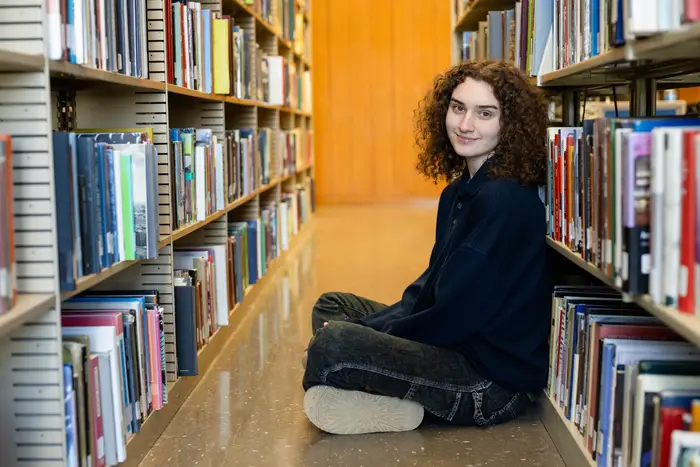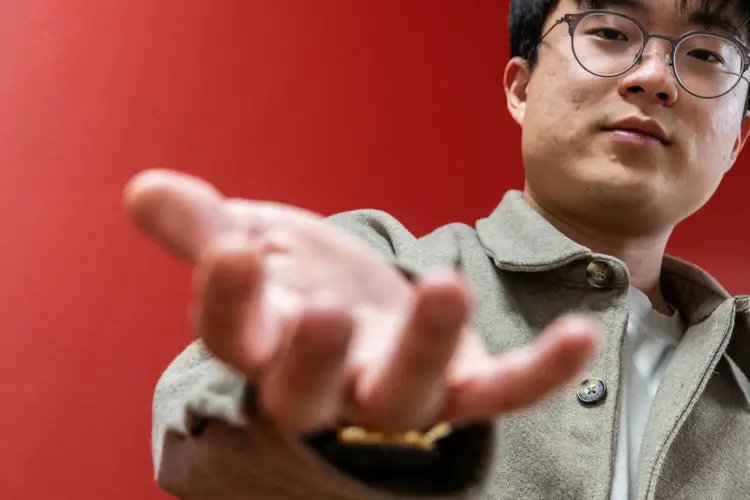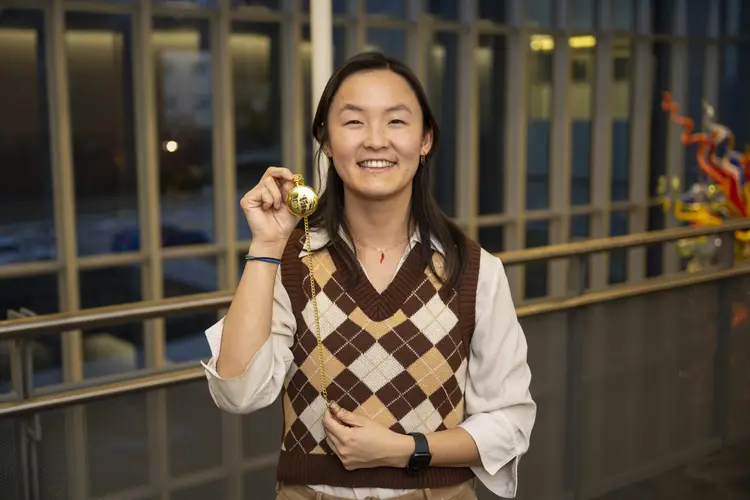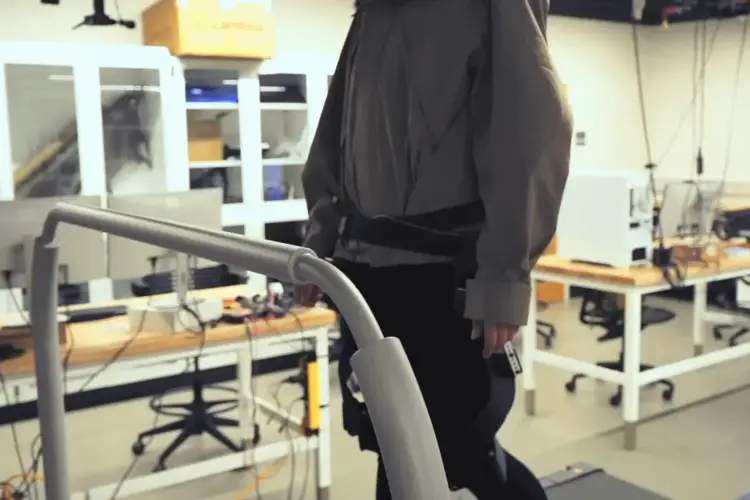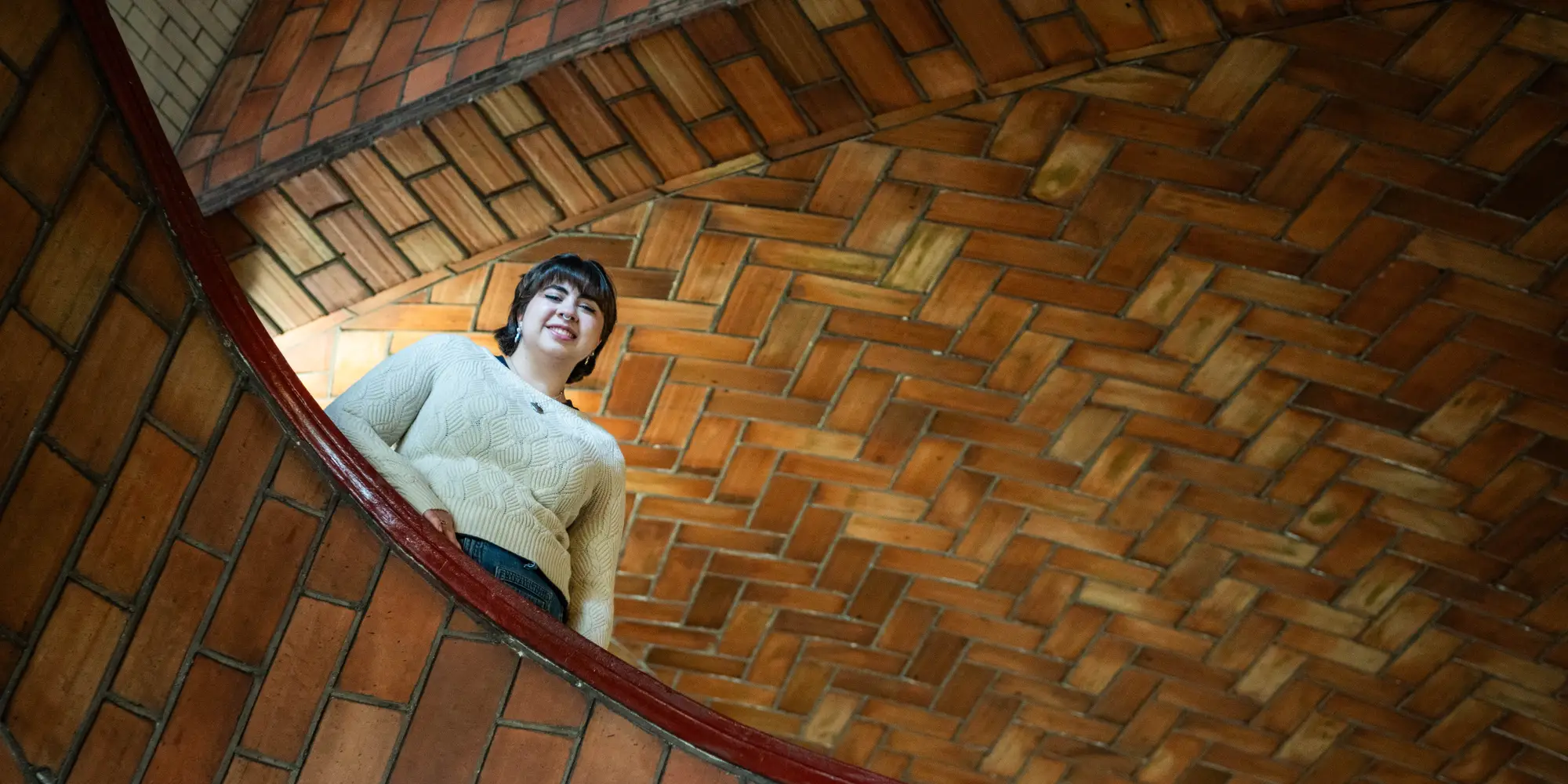
Dietrich Students Use Summer Undergraduate Research Fellowship Projects To Examine Past, Create Future
Media Inquiries
A fictional character in a dystopian future and a historical figure from Pittsburgh’s past propelled two Carnegie Mellon University students’ Summer Undergraduate Research Fellowship (SURF)(opens in new window) projects, while sharing a first name: Dorothy.
Samantha Mahler, a senior majoring in literature and culture, creative writing and film, worked on a futuristic, feminist novel for middle-grade students titled “The Cloudmaker” led by fictional Dorothy Burrows. Ava Arias, a junior majoring in social and political history with a minor in gender studies, researched Dorothy Height, an unsung Civil Rights heroine and her work in Pittsburgh.
Both are students in the Dietrich College of Humanities and Social Sciences(opens in new window), who received SURF funding. The program awards $4,500 to undergraduates at Carnegie Mellon for eight to 10 weeks of summer research on campus in any field of study.
“I’ve already recommended the program to my friends,” Mahler said. “I think SURF is the perfect opportunity for students to pursue their passions in ways that might not be possible to pursue through classwork or internships.”
A young prophet’s journey emerges
Mahler said she named her protagonist after the well-known character in “The Wizard of Oz” who is trying to get back home.
“I feel like we’ve all felt that — even if there’s not an actual physical home to go home to, it’s trying to find that sense of home, that is really what the book is about,” Mahler said.
She worked with Sharon Dilworth(opens in new window), associate professor of English, as a mentor for the project, taking the first half of the summer to plan and organize the arc of the book, then writing.
“Sharon and I would meet up and then discuss where we wanted the story to go and what we wanted to change,” Mahler said. “I was genuinely appreciative that she would go through my drafts at any stage and be happy to give opinions.”
Even though Mahler had a strong vision for her work, Dilworth said she was open to criticism and worked hard on rewrites.
“Sam is a natural storyteller and the struggle was to find her narrative voice and to set this in place along with a strong interiority,” Dilworth said. “After several weeks, she finally nailed her protagonist's voice and that sort of set her free, and her narrative developed from there.”
Young adult dystopian fiction, such as “The Hunger Games,” drew Mahler to reading when she was growing up.
“Women tended to be such an integral part of that genre and I hadn’t found that in many others before,” she said. “I also just wanted to write what I found fun and exciting.”
In “The Cloudmaker,” Dorothy Burrows comes from a maternal family line that means she will one day be a prophet who takes a pill and is able to read the clouds and predict the future of a Florida town called Cherryfield. At first, Dorothy rejects this future. However, once she and a classmate are involved in a murder, they end up becoming close friends on a journey to help her become the next prophet, and save the town at the same time.
Mahler, originally from Punta Gorda, Florida, set the novel in her home state because of its variety of landscapes, weather and ideologies.
“You can drive 20 minutes and be in a completely different culture than you were before, that’s also why I wanted to capture a very close-knit town in Florida.”
Often, dystopian novels promote the empowerment of women, but erase inequality between men and women, she said.
“I wanted to give my female character agency because agency is such an important thing, which can be lacking in stories about oppressive patriarchal societies,” Mahler said. “I wanted to create a realistic oppressive society, but with a main character that fights back.”
An activist’s family forges inspiration
Activist Dorothy Height embodied that resolute spirit in real life, as Arias found in her SURF project.
Arias first learned about Height in a class with assistant history professor Ezelle Sanford III(opens in new window), Introduction to African American History: Black Americans and the World.
Arias researched Height for a class project, but wanted to dig deeper after learning about her work in the Civil Rights Movement, and Sanford became her project mentor.
“I was like, wow, why have I never heard about her before? When I did extra searching, not much came up about her work,” Arias said.
Born in 1912, Height helped organize the 1963 March on Washington for Jobs and Freedom — where Martin Luther King Jr. gave his “I Have a Dream” speech — served as president of the National Council of Negro Women for 40 years and counseled first lady Eleanor Roosevelt, and Presidents Dwight Eisenhower and Lyndon Johnson. She died in 2010.
For her research, Arias drew from an oral history website hosting videos filmed in 2003, in which Height discusses a range of topics about her life.
In the videos, Height recalls memories of her childhood in Rankin, Pennsylvania, not far from CMU’s campus, and those during her college days at New York University then involvement with social activist groups such as the National Black United Front, the Harlem Youth Council, the Harlem YWCA and the NAACP.
Arias realized a research gap existed connecting Height’s activism and that of her parents’. Height’s father participated in fraternal organization Knights of Pythias and her mother was involved in the Pennsylvania Federation of Women’s Clubs.
“Dorothy’s mom would bring her along when she was a kid, and she’d get to hear a lot of impactful civil rights activists come and speak at those organizations,” Arias said. “When I learned about her exposure to these organizations, I started piecing together how her childhood influenced the career path she followed in the future.”
Arias explained that when Rankin, a borough 8 miles to the east of Downtown Pittsburgh, was founded, families of several different ethnicities and races lived there.
“I feel like that exposure within such a diverse community shows a young Black woman growing up in the early 20th century that integration is possible, and it can succeed and it can prosper,” Arias said. “There were aspects of segregation she did encounter in Rankin, but seeing the function of integration succeed, it showed her it was something worth fighting for.”
When she was young, Height was a member of the Girl Reserves Club, a youth branch of the YWCA, which forged a lifelong connection to the organization, Arias said.
“It encouraged diversity, inclusion, integration, teaching young women mature adult practices like how to be leaders in different communities, what that can look like, and that experience definitely translated into her return to the YWCA in the future,” Arias said.
Fellowship resources lead to opportunities
Overall, the project gave Arias insight into what pursuing a graduate degree in history — her current path — might be like.
“The SURF project gave me the opportunity to learn how to conduct historical research on my own,” Arias said, adding that she’s taking a historical research class this semester. “Now I’m prepared for what’s to come.”
As she continues to develop her project into an article for an undergraduate research journal, Arias said SURF workshops were helpful in introducing methods to present her research and she encourages future SURF students to take advantage of those resources.
“Being able to reach out to my mentor and the Office of Undergraduate Research and Scholar Development(opens in new window) was very helpful whenever I had questions,” she said.
Mahler said she plans to continue working on the novel, and hopes that an internship this summer in publishing will help her find the best platform for sharing the story.
After enjoying her SURF experience, Mahler said she would recommend future students pursue similar projects this way.
“I’m so happy CMU has a venue for creative projects to be funded, that’s so important,” she said. “Use the opportunity to do something that you’re passionate about creatively.”
